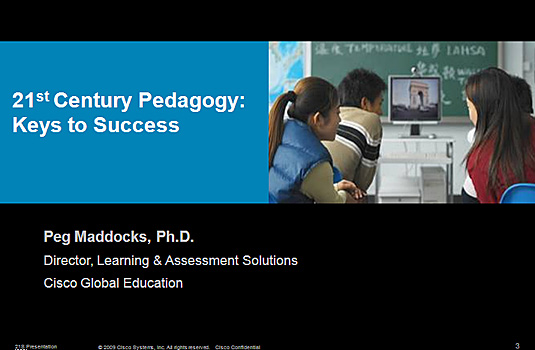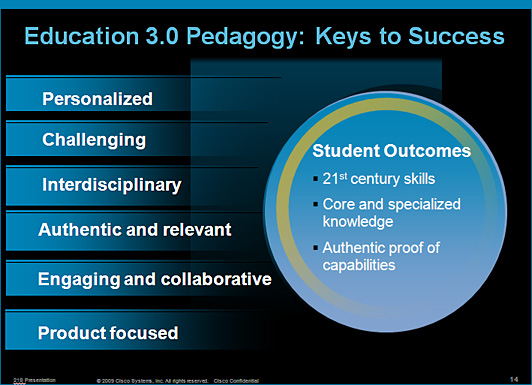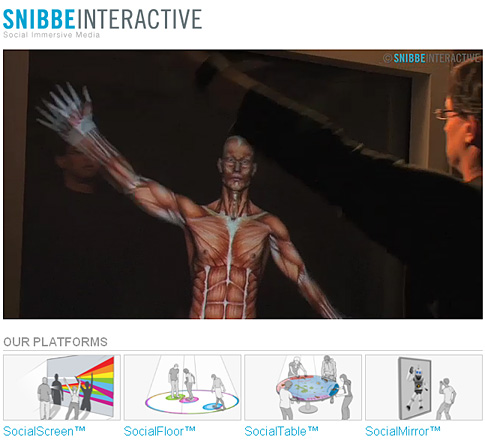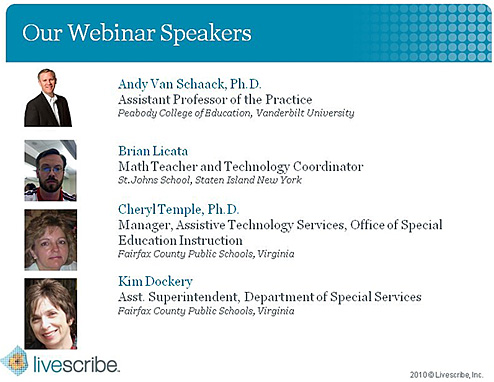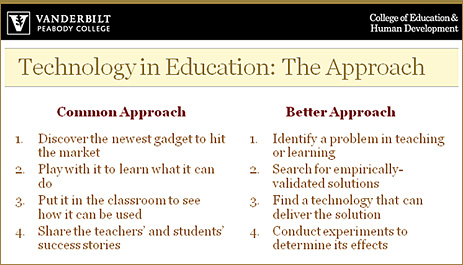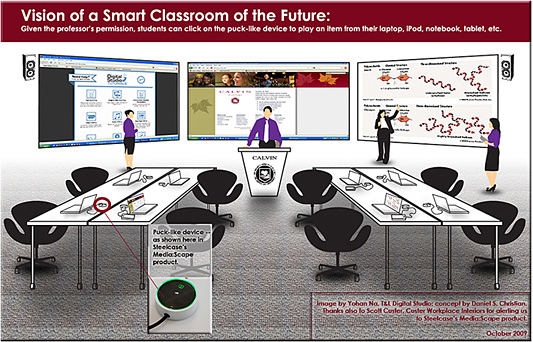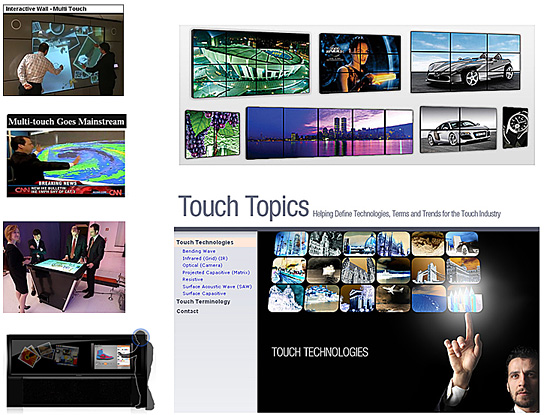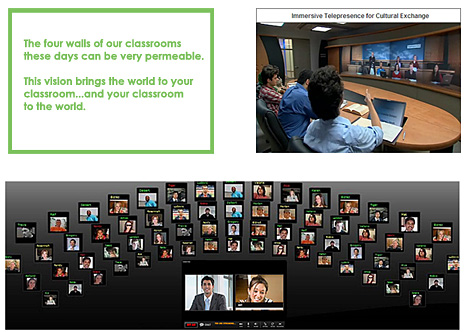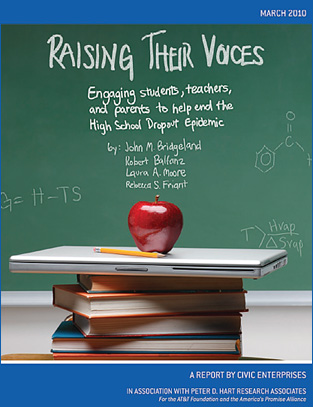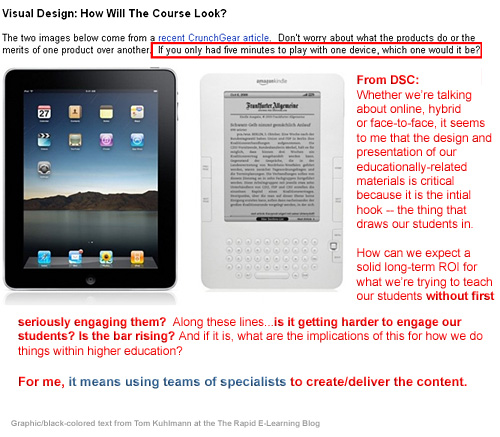Adaptive learning: Putting an idea into practice at the School of One — from EducationNext.org by Paul E. Peterson
Time magazine touted “the School of One” as one of the 50 top innovations of 2009—the only educational innovation to be given that honor. As described in Time, “each day, students in the School of One are given a unique lesson plan — a ‘daily playlist’— tailored to their learning style and rate of progress that includes a mix of virtual tutoring, in-class instruction and educational video games (emphasis DSC).” I stopped by a New York City middle school using the School of One last week to see how new technologies that help teachers adapt to each student’s learning level actually work in practice.
Educators, like designers, can benefit from identifying the student price point, the material the student is now ready and prepared to learn. With adaptive testing technologies now available, schools can quickly and efficiently obtain weekly, perhaps daily, information on what a student knows. Teaching can zero in on the price point, so the student is not given something that is either too advanced or too repetitive of what he or she already knows.
…
School of One takes this idea one step further by also trying to identify student interests and learning styles as well. If a boy is a Little Leaguer; then baseball statistics may be the best way to teach math. If a girl plays volleyball, the examples can be modified accordingly.










